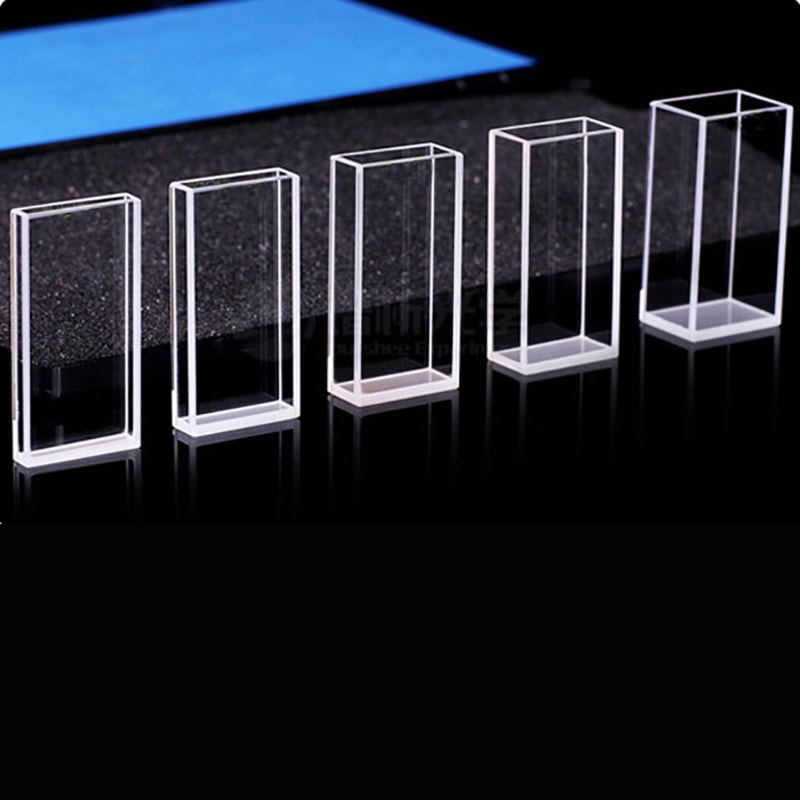The spectrophotometry technique is the base of scientific discovery. It uncovers the secrets of light absorption and transmission over specific wavelengths. Cuvettes are the core of spectrophotometry. It’s a basic yet vital container used to contain samples to be analysed. They may look simple however their intricate layout starting from the length of the path to the selection of materials which is the key to obtaining accurate information about the concentration of substances and purity. Explore this fascinating realm of cuvettes and their dimensions. They affect the results of all tests.
Power of Cuvette Path length
Imagine a light beam passing through a liquid sample. The outcome is dependent on the size of the cuvette, or the distance the light travels. Many labs use the standard cuvette that has a 1 cm path. This is the most ideal combination of practicality and sensitivity. What’s the reason? The longer the path extended, the greater amount of light will be absorbed. This can increase the signal of dilute samples. However, for concentrated solutions such as nucleic acids and proteins, shortening the length of the path can be a game changer. It can reduce the requirement for dilution, preserving precious samples and cutting back on the amount of preparation time. What’s the primary takeaway from this? Matching the path length with sample requirements is subtle and improves reliability.

Image credit: cuvet.co
Cuvette Dimensions: A Look at more than meets the Eye
The cuvette’s size is not just how much liquid can be held however it is also how it interacts with the instrument. Each container is designed for a specific task and comes in a range of shapes and sizes. Semi-micro cuvettes are an example are smaller in size and thicker wall thicknesses, are made to hold tiny amounts of samples. Imagine a tiny amount of nanoliters or perhaps a rare biological extraction. Thicker walls let light traverse the sample and without wasting just a drop. When comparing this with standard cuvettes, the difference is striking with fewer pipetting steps less errors, and the results are durable. This is an innovative tweak which shows that size isn’t just an arbitrary number, but also a crucial factor.
The 1 cm Path Length Cube The 1 cm Path Length Cube: A Lab Favorite
Why does the 1 cm path length cuvette reign supreme in so many experiments? It’s perfect for biochemical measurements when samples are scarce and milliliters are a lot. This traditional design gives consistent reads of absorbance while not overloading the detector. It’s perfect for all kinds of tests, from DNA purity tests to enzyme tests. It’s not the one that is universally applicable. Swap it for one with an alternative path length or a geometry similar to one designed for emission studies and the results can shift wildly. Precision relies on selecting the correct instrument and not just the one that is most familiar. A tool that isn’t matched is comparable to a cuvette not matched.
Materials Matters: More Than Size and Path
Cuvette dimensions are only half the issue. Materials selection makes a difference. Quartz and glass cuvettes are known for their exceptional light transmission rates. They’re durable, reusable and are ideal for tough spectroscopy jobs. On the other hand plastic cuvettes are affordable and ease of use. There’s no cleaning, no cross-contamination just use and toss. They’re ideal for quick DNA and test for RNA as well as aqueous solution. What’s the downside? Low accuracy at certain wavelengths. This is a classic example of objectively dictating the preference for quartz for the purists and plastic for the pragmatist.
Perfect Practice and Precision
The great thing about cuvettes is in their flexibility. With spacers, narrow paths can be used to handle concentration sample. The larger vessels are better to handle larger volumes. Each choice in length and size and the kind of material will have an effect on the study. This can affect the accuracy of the outcome. Imagine a laboratory measuring the amount of protein. Semimicro cuvettes have shorter pathways, which eliminates the need for dilution and gives reliable results quicker. Contrast this with a lazy switching of cuvettes halfway through the experiment, and the results will be shaky. The smallest of details can have the greatest impact on spectrophotometry.
Cuvettes may be small, yet their importance is immense. They range from 1 cm cuvette’s path length up to custom dimensions are able to are able to bridge the gap between the sample and the insight. A cuvette that is right for you can transform a great measurement, regardless of whether you’re seeking concentration or purity or both, into an excellent measurement.
